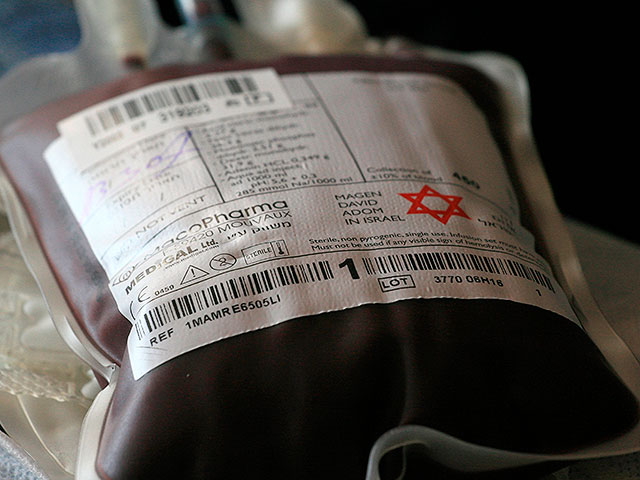- Thu. Apr 25th, 2024
Latest Post
New AI technology from the University of Maryland enhances violin skills
The University of Maryland is establishing a new institute focused on Artificial Intelligence (AI), despite the fact that numerous programs are already utilizing the technology. One such program is designed…
Israel faces critical blood shortage: surgeries at risk without donor support
The MADA Blood Bank is currently facing a severe blood shortage that could lead to the cancellation of elective surgeries and affect hospital supplies. To address this urgent situation, Magen…
‘Conviction is a Must’
Tory Burch, a 57-year-old executive and philanthropist, recently reflected on her career during a leadership panel at the 2024 TIME 100 Summit. She shared that she sometimes finds it hard…
US economy expands by 1.6% in first quarter, slightly below expectations
The US economy grew at a slower pace than expected in the first quarter, with the Bureau of Economic Analysis’s advance estimate of first-quarter US GDP showing a growth rate…
Middle Ground Comedy Festival strives to improve participants’ mental well-being through laughter
Indianapolis — Gwen Sunckle, a nurse and comedian, believes that comedy can help both herself and her patients deal with difficult situations. As the Executive Producer of the Middle Ground…
Avian Flu Contamination Detected in US Dairy Products, posing Risk to Humans
In late March, when the outbreak of the H5N1 bird flu virus was first discovered, farmers were instructed to discard the milk of sick cows in order to keep the…
Generation Z ages at a faster rate than those before them
Experts have found that people born between 1997 and 2012, also known as gen Z, are at a higher risk of aging quickly and developing cancer compared to previous generations.…
The Neolithic male population decline: The scientific explanation
A recent study published by a French team from CNRS, MNHN, and Paris Cité University suggests that the significant decline in the male population thousands of years ago was more…
CBI finishes technology upgrades at Moline SENB sites
CBI Bank and Trust, based in Muscatine, has recently completed technology updates at former Southeast National Bank (SENB) locations in Moline. Central Bancshares Inc., the parent company of CBI, acquired…
RKDA to Hold Conference Call to Discuss First Quarter 2024 Financial Results and Business Highlights
Arcadia Biosciences, Inc.® (Nasdaq: RKDA) is a company that specializes in producing and marketing innovative, plant-based health and wellness products. They recently announced that they will be releasing their financial…



